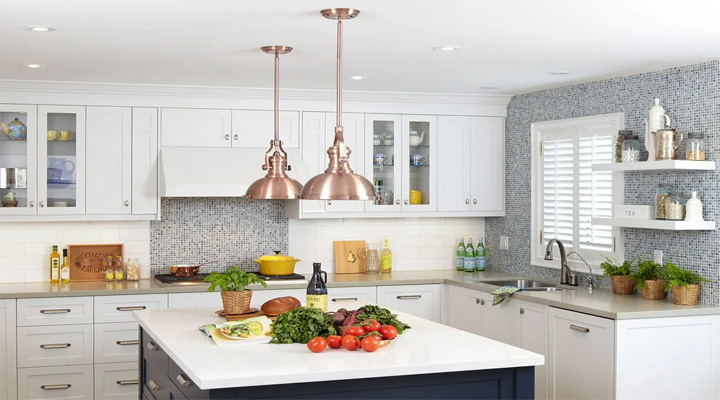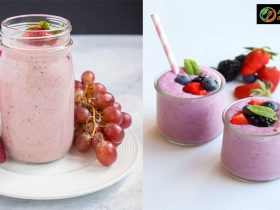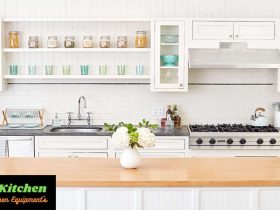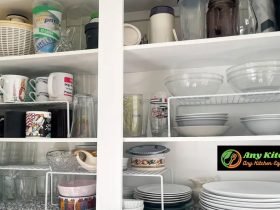When it comes to kitchen design and decor, the choice of metals plays a significant role. From stainless steel appliances to brass fixtures, each metal adds a unique aesthetic and character to the space. However, a common question that arises is whether it is acceptable to mix different metals in the kitchen. Is it a design faux pas or an opportunity to create an intriguing visual contrast?
In this article, Can you mix metals in kitchen, we will delve into the realm of mixing metals in the kitchen, exploring both practical considerations and style considerations. We will examine the compatibility of different metals in terms of functionality, durability, and maintenance. Additionally, we will discuss the design aspect, delving into strategies for harmoniously blending various metal finishes to create a cohesive and visually appealing kitchen.
Whether you’re looking to revamp your kitchen’s aesthetics or in the process of designing a new culinary space, this guide will provide insights and tips on effectively incorporating a variety of metals to achieve a stylish and functional kitchen.
Which Metals Can Be Mixed in a Kitchen?
When it comes to mixing metals in a kitchen, there are numerous possibilities to create a unique and visually appealing space. While there are no strict rules, certain metal combinations tend to work well together. Here are some popular options:
Stainless Steel: This versatile metal can be mixed with various others, including chrome, nickel, and brushed aluminum, to create a sleek and modern look.
Brass: Brass adds warmth and elegance to a kitchen. It pairs well with metals like stainless steel, copper, or bronze, offering a sophisticated and eclectic aesthetic.
Copper: Copper brings a luxurious feel to the kitchen and can be combined with stainless steel, brass, or black iron to create eye-catching contrasts and a visually striking design.
Black Iron: Black iron or wrought iron adds an industrial charm to the kitchen. When mixed with metals like stainless steel, brass, or copper, it creates a blend of textures and finishes, adding an edgy and contemporary touch.
Ultimately, the choice of metal combinations depends on personal preference and the desired style of the kitchen. Experimenting with different metal pairings can help create a harmonious and visually balanced space that reflects your unique taste and design vision.
Can you mix metal finishes in a kitchen?

Yes, mixing metal finishes in a kitchen is a popular design choice that can add depth, visual interest, and a unique aesthetic to the space. Here are some key considerations and tips:
Balance and Harmony: When mixing metal finishes, strive for balance and harmony. Choose a dominant metal finish that will be the primary focus and complement it with secondary finishes for accents. Aim for a cohesive overall look that ties the different finishes together.
Similar Undertones: Select metal finishes with similar undertones to create a cohesive and coordinated appearance. This ensures that the different finishes blend well together and don’t clash. For example, pairing warm-toned metals like brass and copper can create a harmonious combination.
Contrasting Finishes: Mixing metal finishes that have contrasting characteristics can create visual interest. For instance, combining matte and polished finishes or brushed and hammered finishes can add texture and depth to the kitchen.
Consistency with Hardware: Consider the existing hardware in your kitchen, such as cabinet handles, faucets, and light fixtures. Choose metal finishes that complement or match the existing hardware for a cohesive and unified look.
Use Metal as an Accent: Another approach is to use one metal finish as the primary one and introduce a different metal as an accent. This can be done through accessories, lighting fixtures, or statement pieces like range hoods or backsplash tiles.
Remember that personal style and preference play a significant role in mixing metal finishes. Experimenting with different combinations can help you achieve a kitchen design that reflects your taste and creates a visually appealing space.
Are gold and brass finishes still in style?
Gold and brass finishes are still in style and remain popular choices in interior design. These warm metallic tones add a touch of elegance, sophistication, and luxury to any space. Their timeless appeal transcends passing trends, making them a classic choice that continues to be favored by homeowners and designers alike. Gold and brass finishes can bring warmth, depth, and visual interest to a room, creating a captivating focal point. They are highly versatile and can complement a variety of design styles, from traditional to modern and even eclectic. Whether used in lighting fixtures, hardware, or decorative accents, gold and brass finishes add a sense of opulence and refined beauty that elevates the overall aesthetic of a space. Their enduring popularity speaks to their ability to create a lasting impression and enhance the overall design scheme.
Conclusion
In conclusion, mixing metals in the kitchen is a design choice that can add depth, visual interest, and personal style to your space. While there are no strict rules, there are guidelines to consider when blending different metal finishes. Achieving a cohesive look by coordinating finishes, balancing proportions, and considering the overall style of your kitchen can help create a harmonious and visually appealing result. Mixing metals allows for creative expression, and it enables you to customize your kitchen to reflect your unique taste and personality.
Can you do mixed metals in kitchen?
Yes, you can mix metals in the kitchen to create a visually appealing and personalized look that adds depth and style to the space.
Is it OK to mix metals in your home?
When asked which metals go together best, we frequently respond, “They all can go together…as long as there is clear design intent!” Don’t worry too much about whether metals will “go together” because metals are supposed to be used; instead, focus on making sure that each finish is a smart complement to your space.
How many metals can you have in kitchen?
There is no set limit on the number of metals you can have in your kitchen. The key is to maintain a sense of balance and cohesion. Most interior designers advise choosing no more than three metal finishes for a single space.
What metals should not be mixed?
While there are no strict rules, some metals may clash when mixed due to their contrasting properties. For example, it’s generally advised to avoid mixing metals with significantly different galvanic potentials, as it can lead to corrosion. Combining metals like aluminum and copper, or aluminum and steel, may create potential electrolytic reactions.










Leave a Reply